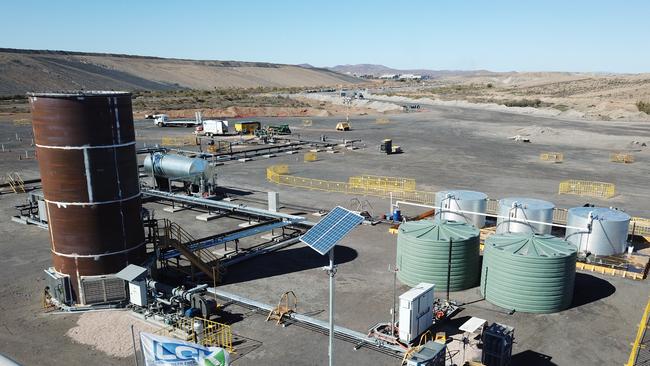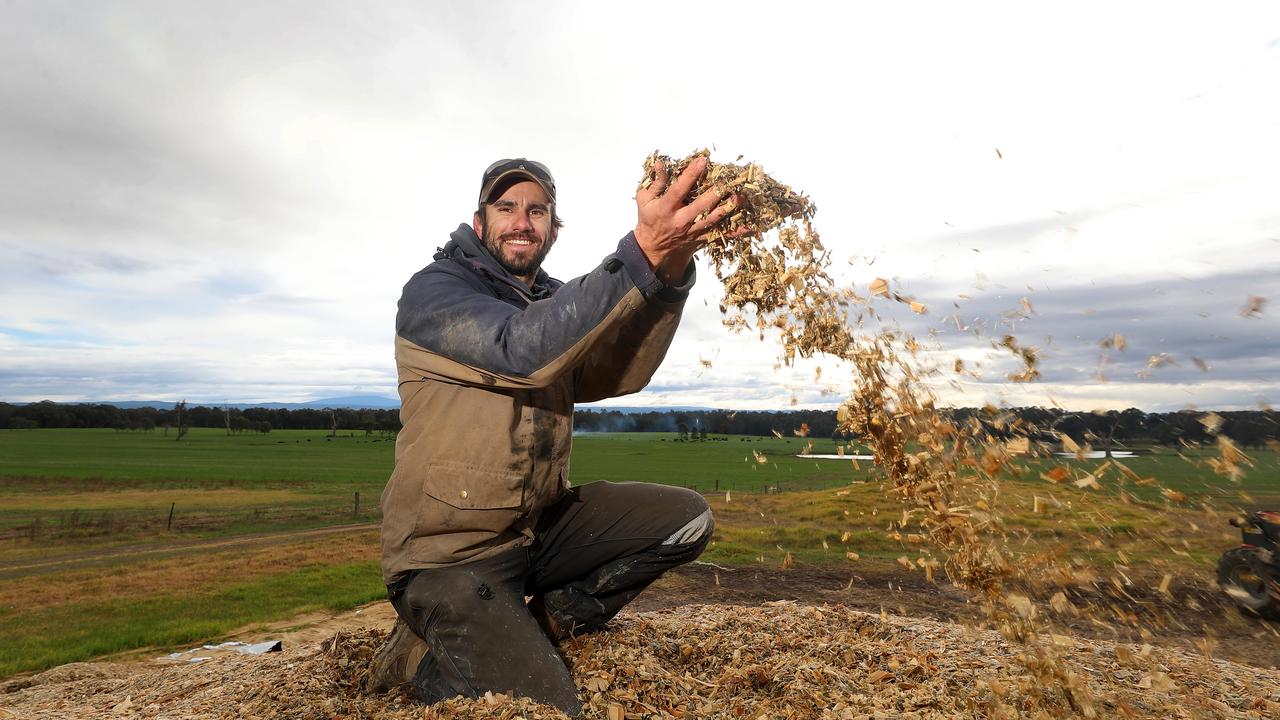Leigh Creek Energy, Strike Energy urea plants to provide low-cost fertiliser
Two proposed manufacturing plants may profoundly change how grain is grown in Australia. See what they have to offer.

Australia may be self-sufficient in locally produced urea within four or five years if two new manufacturing plants are given the green light late next year.
Leigh Creek Energy Pty Ltd is half way through a feasibility study for building a $2.6 billion urea manufacturing plant producing one million tonnes of urea a year at a disused coal mine at Leigh Creek, northwest of the Flinders Ranges in South Australia.
And West Australian energy company Strike Energy plans to build a 1.4 million tonne/annum urea and ammonium plant at Geraldton, using gas from its Perth Basin gas field just 90km south and linked by rail.
Australian grain growers currently consume about two million tonnes of urea on their crops, 95 per cent of which was imported.
Both Leigh Creek Energy and Strike Energy are expected to make final investment decisions on their respective urea plants in late 2022.
Each plant would have net zero carbon emissions by 2030 and sales were targeted for export markets as well as to agriculture in Australia due to their year-round production not matching the tight window of demand from local farmers.
Importantly for farmers, both with provide some of the cheapest urea to be manufactured in the world.
Leigh Creek Energy managing director Phil Staveley said his company would produce urea for about $109 a tonne due to its low source of gas.
“Our final investment decision is due in the September quarter of next year,” he said.
“But I think it’s virtually a fait accompli.
“I can’t see what would stand in our way.”
Strike Energy’s managing director Stuart Nicholl said his company had a few hurdles to overcome, not least the $US1.7 billion ($A2.2 billion) cost, but it was estimated the project would deliver $8.4 billion of GDP for Australia.
Leigh Creek Energy had successfully run a small scale pilot plant at its coal mine site until 2019 to test the conversion of coal to synthesis gas using gasification in an underground chamber.
Gasification involves setting the underground coal seam alight and drawing off the resultant gas.
The gas was then used to convert to urea at an above ground plant.
Leigh Creek Energy last week announced it had awarded South Korean construction company DL E & C Co Ltd — known as Daelim — as a partner in the project.
Mr Stavely said Daelim would be responsible for building the above ground section of the plant and managing it to the commissioning stage, expected to be in early 2025.
He said Daelim had helped secure $1.5 billion in funding from a South Korean bank to cover about 70 per cent of the project’s above ground costs.
The other 30 per cent would come from a mix of debt and equity.
Mr Stavely said on top of that $2.1 billion cost, there was about $200 million needed to develop the underground gas field and $300 million in ongoing capital expenditure.
”We are confident there are 30 years of resources there but the project could go 60 years,” he said.
Mr Nicholls said if Strike Energy’s plant got the green light, the first fertiliser would be produced in 2025-26 after a three-year construction phase.
He said West Australian farmers consumed 600,000 tonnes of urea and Strike Energy hoped to replace all that, plus supply east coast farmers.
He said Strike Energy sought expressions of interest from potential offtake buyers and found 3.5 million tonnes in demand from fertiliser companies in Australia and overseas.
“The reason is that this is a globally competitive source of fertiliser,” he said.
“Strike’s gas resources are vast.
“The project will structurally lower the and carbon intensity of Australian broadacre farming.”
Fertilisers Australia executive manager Stephen Annells said urea plants in Australia had benefits in terms of biosecurity risk, supply assurance and creating jobs in Australia.
“But some companies in Australia may still import urea,” Mr Annells said.
MORE


